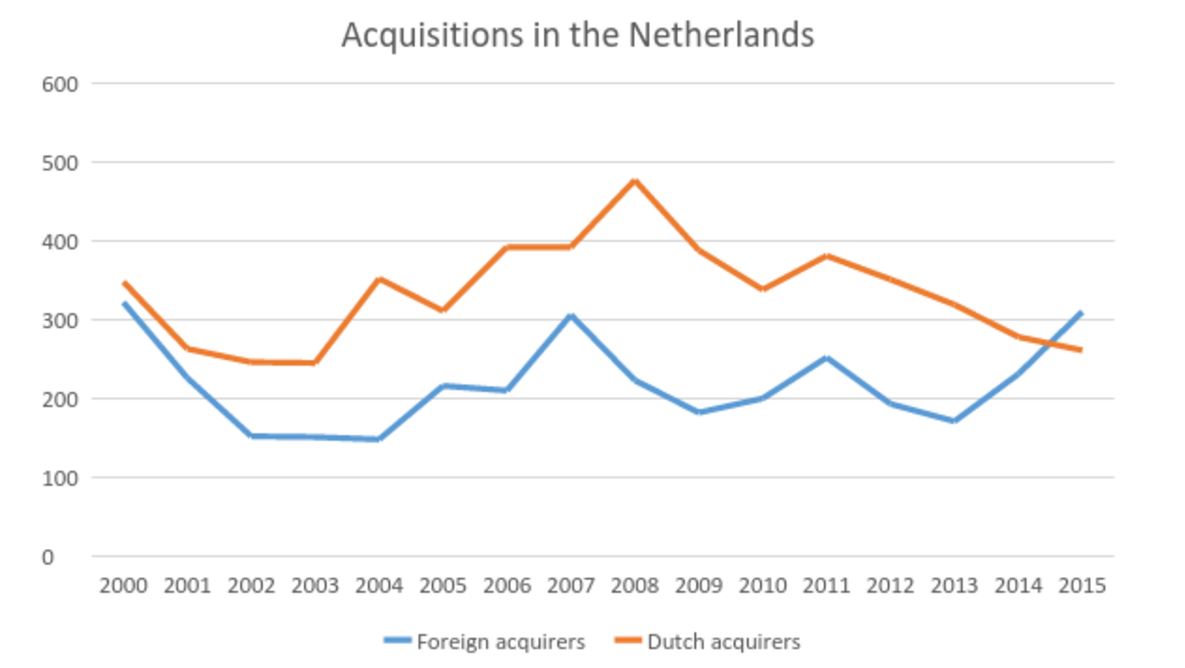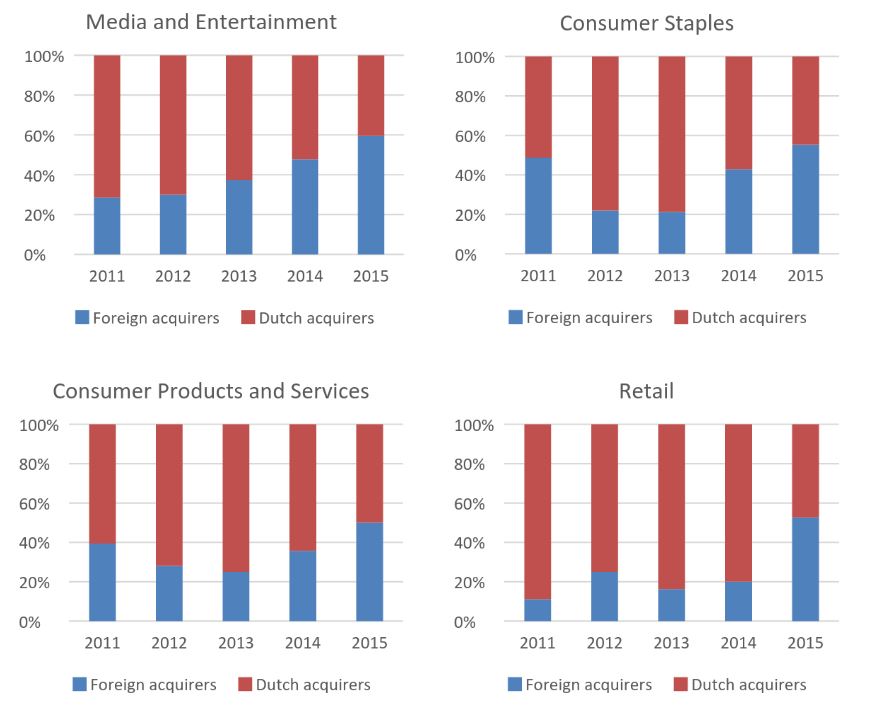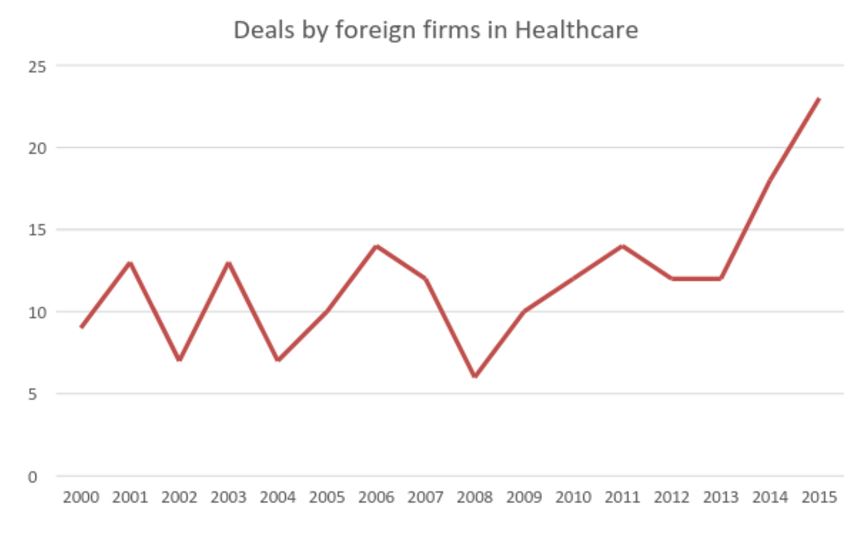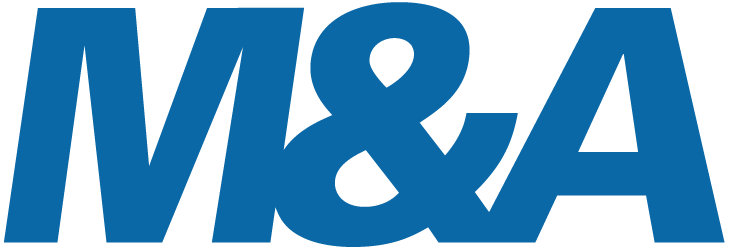Dutch M&A-buyers lose to foreigners in their own market

Door Charlotte Bakker, Sam Krouwer, and Killian McCarthy
The Dutch are closing fewer international deals, and are taking fewer risks abroad. This is a sign, according to Ruben Munsterman, chief editor of the M&A Community, that the Dutch have lost the VOC-mentality.
This conclusion was based on our earlier paper that the Dutch do fewer acquisitions abroad. The question that we consider this time is: what have the Dutch been doing at home? Have we become (too) careful, even on our own turf?
To answer this question, we built a database of 8,835 acquisitions, announced and completed between 2000 and 2015. Our results suggest that the Dutch have indeed lost the VOC-mentality.
The switch
The Netherlands is a small open economy, which welcomes foreign investment. In most countries, the share of acquisitions announced by foreign invests usually represents about 30-40%. In other words, in most countries, 60-70% of deals are done by domestic acquirers. Our results suggest, however, (see below) that since 2013, foreign companies have been more willing to acquire Dutch targets, while Dutch acquirers have increasingly stepped back from the market. The result is that, since 2015, the majority of acquisitions (54%) made in the Netherlands have been made by foreign companies. To put this in perspective, in the same year, in Germany, 60.5% of deals were German.

Industry differences
So what has happened? Why have foreign companies started to get the upper hand in the Dutch market? And what is it exactly that the foreign firms are interested in?
Looking at the data, we see that there a number of industries, in particular, in which Dutch interest has been dropping, and foreign investment has been increasing. These are:
1) Retail;
2) Consumer products and services;
3) Consumer staples, and
4) Media and entertainment, see the graphs below.
The media and entertainment industry stands out since the share of acquisitions performed by foreign companies has increased steadily. In 2011 only 29% of Dutch acquired Media and Entertainment companies were done by foreign firms, while this share has doubled in 2015.
The consumer staples, and consumer product and services industry are characterized by a ‘V-shape’; foreign interest in these industries first decreased and then increased again. Foreign firms made 50% and 55% of the acquisitions in consumer products/services and consumer staples respectively.
The retail industry is also striking. It was rather stable, and apparently not that attractive to foreign acquirers until 2014, but then suddenly became interesting in 2015. In that year, foreign firms account for 53% of all acquisitions in the Dutch retail industry.

Why the Interest?
What makes firms from these industries so attractive for foreign firms? By looking at the sub-industries, we can see more specifically the areas that foreign firms are interested in acquiring.
In the media and entertainment industry, for example, we see in the data that foreign companies are especially interested in advertising and marketing, and publishing. There, foreign acquirers account for 62% and 67% of the take-overs in these subindustries respectively.
In the consumer products and services industry, we see that the majority of acquisitions are within the professional services. In this industry, the recent acquisition of TNT by FedEx for nearly €4,4 billion is a good example, of a foreign acquisition of a Dutch professional services asset.
Finally, and looking at consumer staples, we see that foreign companies are mainly interested in the food and beverage section, and within the retail industry, most acquisitions are done within food and beverage retail, automotive retail, and internet and catalogue retail.
Future interest
There are, of course, some industries in which Dutch companies continue to dominate the Dutch acquisitions market. For the majority of the industries, however, we observe increased foreign interest. What does this mean for Dutch firms, and the Netherlands in general? On the one hand, a strong M&A market, with a large proportion of foreign acquirers, signals that the Netherlands is doing the right thing: The Netherlands is producing corporate assets that are of interest on the world market. On the other hand, however, and from a more protectionist perspective, Dutch assets are increasingly being transferred out of Dutch hands, rising potential concerns.
The Dutch health care industry is perhaps a good example of the concerns. As depicted in the graph below, foreign companies bought only 12 Dutch healthcare companies in 2013, but their interest in the Netherlands almost doubled in 2015, when 23 Dutch healthcare companies were acquired by foreign investors. Healthcare is, of course, a sensitive industry, and political questions regarding the implications of these acquisitions on the health of the Dutch health system are bound to follow. Is there some kind of asset fire sale among Dutch firms to keep out of trouble? And are we throwing away our global competitive position since we sell our expertise to foreign parties?

Conclusions
While foreign firms’ interest in Dutch assets is growing, our data suggests that Dutch acquirers have become less willing to make acquisitions, even on their own ground. Does this mean that the Dutch have truly lost their VOC-mentality? Only time will tell.









